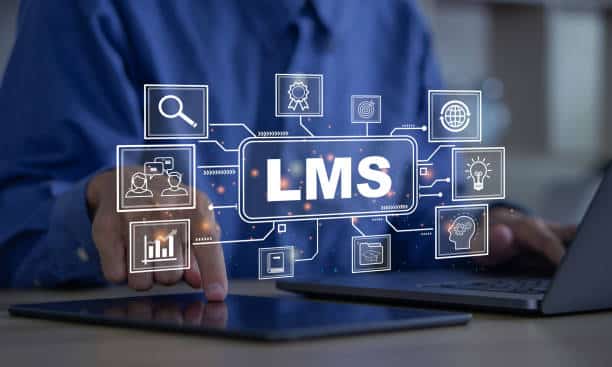Exploring the realm of Learning Management Systems (also known as LMSs) can be quite intricate to navigate through the array of options out there.
With their diverse set of features that can have a notable impact on financial resources allocated for such tools and services, having a grasp of the pricing models is essential for educators and institutions aiming to make prudent investment decisions in this domain.
The goal of this overview is to provide insights into the factors that contribute to pricing structures and offer guidance on how to assess them.
Subscription Models and Licensing
Trainual pricing is widely used in the world of learning management systems (LMS). Users can opt for yearly payments to unlock features and receive regular updates from the platform providers. The platforms also present pricing tiers to cater to the needs of users who can choose packages that best fit their requirements.
The licensing fees may differ based on factors like the number of users or courses on the platform. Organizations are advised to evaluate their needs and compare various subscription plans to prevent overspending unnecessarily.
Costs for Implementation and Setup
Setting up a system can sometimes lead to fees being charged for tasks such as configuring the system and transferring data while also installing necessary software programs.
In the case of implementing these services, the costs may vary depending on how intricate the system is and what infrastructure is currently in place. It would be wise for organizations to compare quotes from service providers to secure the value for their needs.
Blending for a Touch
Tailoring features to suit needs can improve user satisfaction. This might also result in higher costs due to the need for extra development work for each customization made and the potential expenses associated with integrating these features with existing tools or platforms. To manage budgets effectively, companies should carefully assess which customizations and integrations are necessary to prevent overspending.
Education and Assistance Programs
Thorough training is key to making the most of an LMS system’s capabilities. Vendors might ask for payment for training sessions conducted in person or online. Additional support services such as help or account management usually involve charges. Organizations need to consider whether investing in training is worth it when weighing the advantages against the costs involved.
Enhancements
Regular upkeep ensures that systems operate efficiently over time. The cost of maintenance is sometimes bundled in the subscription fees by LMS providers; others bill it separately. Regular software updates improve both functionality and security—though they may entail costs. Consider assessing the need for and regularity of upgrades to control long-term expenses better.
The ability to grow and adapt easily
Companies need to be able to grow over time without facing expenses along the way. Systems that can scale up without raising costs provide more bang for your buck. Being able to adapt user numbers or course offerings easily is a feature of these platforms. When deciding on solutions, it’s wise to look at the system and make sure it can handle needs without breaking the bank.
The Unseen Extra Charges
Additional expenses can impact spending, and at times, there might be charges for surpassing user limits or course allocations. Service providers may enforce fees for data storage overages, bandwidth usage, or API access. Thoroughly examining contracts and service agreements can reveal costs and facilitate well-informed choices.
Assessing Return on Investment and Long-Term Worth
Evaluating the return on investment (ROI) is crucial in assessing the value of investing in a Learning Management System (LMS). Analyzing the advantages like learning outcomes and enhanced efficiency that comes with it can help in making informed decisions about budget allocation plans. Whenever systems are aligned with objectives and can adjust to evolving requirements over time, it leads to lasting benefits.
Exploring Different Service Providers
When you check out options from providers and compare what they offer in terms of features and costs, along with reading user reviews, it helps organizations understand the different choices available to them better.
Testing out demonstrations or taking advantage of trial periods can give you a feel for the product or service, which can make decision-making easier. Doing research ensures that you pick a system that fits both your budget and meets your needs perfectly.
Conclusion
Analyzing the cost structures of a learning management system includes considering elements such as subscription plans and customization fees that affect the expenses of organizations.
Spending is also affected by factors like training needs, maintenance requirements, and scalability options. By assessing these aspects, businesses can make informed choices to optimize returns on investment and secure lasting prosperity.
Paying attention to detail and engaging in discussions when choosing an appropriate LMS is viewed as a valuable strategic decision in the realm of education and training.





















